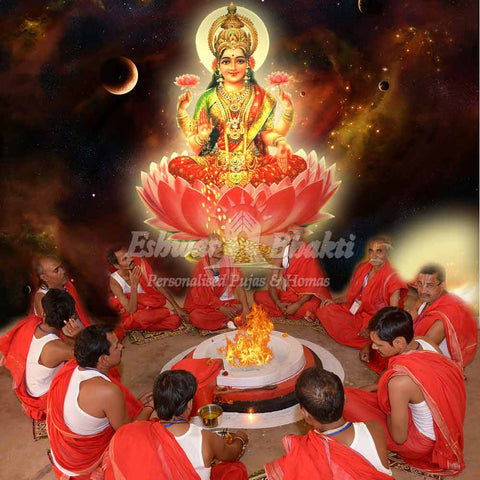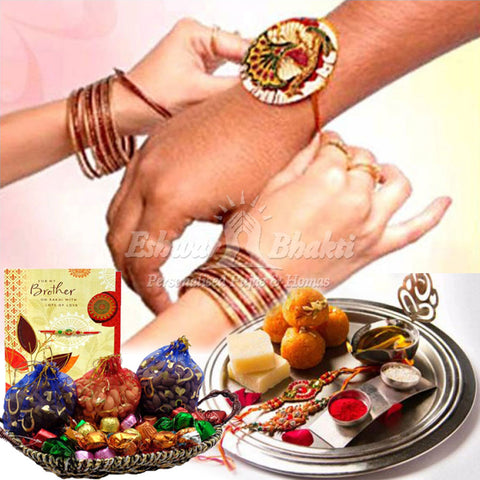What is Shagun?
Shagun is a word derived from Sanskrit, which means auspicious, good omen, or blessing. Hinduism is a religious belief that originated centuries ago. Hinduism bases itself on the Vedic scriptures, the Upanishads, and other textbooks.

The saints and rishis penned down these works several hundred years ago. Hinduism has many rituals and beliefs associated with it. It also highlights the importance of conducting extensive rituals for invoking the blessings of the divine entities. Marriages play a crucial role in Hinduism. It is a significant culture that emphasizes the union of two families and two people. Hindu marriage rituals are elaborate ceremonies that would last for more than three days. There are several pre-marriage rituals, post-marriage rituals, and rituals during the marriage ceremony. Shagun is one such ceremony conducted as part of Hindu marriages.
In the ancient days, the bride's family provided Shagun to the groom and his family during an unplanned ceremony called Roka. During Roka, the groom's family gives the bride a nose ring or any other heirloom in the family. It is a way of announcing the marriage ceremony in an unofficial manner. After the groom's family gifts a piece of jewelry to the bride, the bride's family applies Tilak or Vermilion on the groom's forehead. It is after the application of Tilak the bride's family offers Shagun. It would include mostly expensive gifts like jewelry, clothes, and other items like dry fruits, sweets, etc. It is a way to confirm the marriage ceremony. These events happen two to three weeks before the marriage. Though in the ancient days, it was a short and unplanned event. Nowadays, many families organize Roka and Shagun as elaborate functions. The main reason for offering gifts or Shagun to the groom's family is to announce their willingness to conduct the marriage ceremony. It is a pre-marriage ritual organized before the engagement programs.
Hindus often offer Shagun as a part of other rituals, ceremonies, and festivals apart from that of marriages. Guests and people invited for ceremonies as well as marriages also offer Shagun. It is a sign of sharing their happiness and providing blessings to the people hosting the ceremony. It is also a way of attaining blessings from divine entities.
Why do we provide one rupee coin along with the Shagun?: You might have noticed that Indians, mostly Hindus, add a one rupee coin along with notes of other denominations like 50, 100, 200, 500, 2000 when they are offering gifts. We provide it as 51, 101, 201, 501, or 2001. We will give an additional one rupee along with the Shagun. There are several reasons for offering one rupee coin along with the Shagun. They include:
1. One is a number that is indivisible or cannot be divided by any other number. When we add one rupee along with our Shagun, it is a way of representing permanence. The relationship between the giver and the receiver would last long based on belief.
2. The additional one rupee is a way of offering hope to the receiver. It shows that the blessings would continue to shower in their lives.
3. Many consider Zero an inauspicious number. It is another reason why people add one rupee along with other denominations that end with zero.
4. In the ancient days, people provided silver, gold, or other metal coins as Shagun. However, in the present era, everyone can't offer coins made from these metals. So, people provide one rupee coin, made from metal, as the Shagun. As metals come from the Earth, it is a sign of offering our respect to Goddess Lakshmi.
These are some of the reasons why people add one rupee coin along with the notes as Shagun. Apart from money, you can offer other different things as part of Shagun. They can be clothes, pieces of gold or silver jewelry, etc.
Significance of offering Shagun: There are a plethora of significances associated with offering Shagun in Hinduism. There aren't any religious texts that illustrate the concept of Shagun. However, it has been a part of Hindu rituals and practices for centuries. It plays a pivotal role in marriage ceremonies, festivals, housewarming programs, etc. Let us have a look at some of the significances of offering Shagun in Hinduism.
1. It is a way of bringing blessings and harmony to the lives of the people. When you offer Shagun to a newly married couple, you are providing your prayers for them as they are entering into a new life.
2. As part of the belief system, some people believe that it is a debt meant to be paid back. It aids in the creation of a stronger bond between the giver and the receiver. Shagun is also an assurance of the giver and the receiver meeting again.
3. The offering of Shagun as part of the marriage ceremony is a way of announcing the marriage in an unofficial manner.
4. The items provided as part of the Shagun, especially coins, can invite the blessings of Goddess Lakshmi. It is a way of embracing prosperity, wisdom, and happiness.
These are some of the most relevant significances associated with the provision of Shagun. It is also beneficial in attaining the blessings of the divine entities. By offering Shagun, we are inviting good omens, happiness, and auspicious powers into our lives. It is always better to offer Shagun as a part of religious rituals, ceremonies, and programs.



